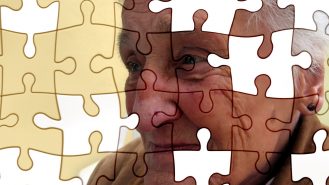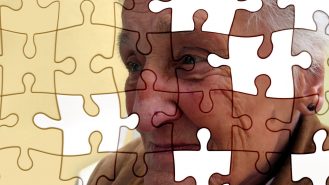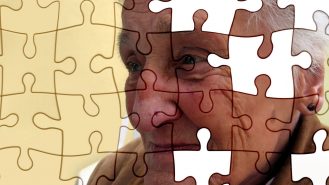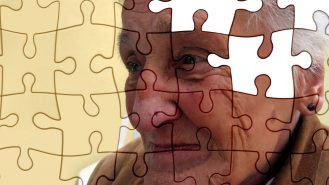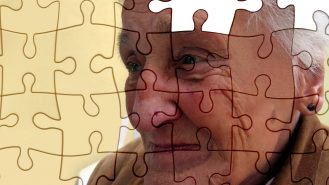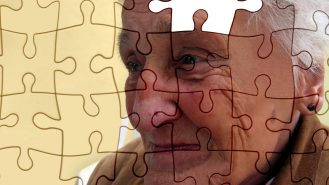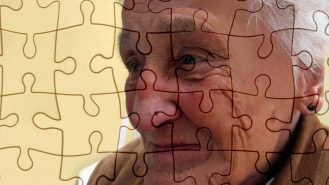- Home page
- What is U3A?
- Course Structure
- 2025 Timetable
- 2025 Courses
- Enrolment
- Interest Groups
- Annual Fee Form
- Earlier Courses
- Contact Us
- Notices for Members
- U3A Okeover Annual Report 2024
- U3A Okeover Financial Statements 2024
- UC Māpura Bright Start Scholarship
- Guide for Course Presenters
- Guide for Course Organisers
All Things Wine
The Wine Industry in New Zealand has grown markedly in the last 40 years. This course will cover some aspects from the science of wine through to varieties, climate, locations, taste and biosecurity.
At the conclusion of this course a trip is being organised for a food and wine tasting experience at a local vineyard.
Ōpāwaho / Heathcote River: from source to estuary
Frieda Looser has an MA (Hons) in History and is the author of Fendall’s Legacy, a history of Fendalton and Northwest Christchurch. She was a Senior Tutor in the History Dept., UC , tutoring and lecturing in a number of courses, and currently teaches in the UC Academic Skills Centre. Frieda was a contributor to the University’s Community Education programme from 1998 to 2012, offering a wide range of courses exploring European, as well as New Zealand and local Canterbury history. When the University disestablished Continuing Education, Frieda founded her own business in 2013 and teaches history courses, leads overseas study tours, and offers talks to U3A, Probus and other community groups.
The rivers of Canterbury have provided food and transport routes for human settlers since the 13th century, as well as the most obvious purpose of draining the land, as rainfall became stormwater. Ōpāwaho means ‘The Place of the Outward Pā’, or ‘The Outpost’ and refers to a pā near the river providing food and rest for Māori en route from Horomaka (Banks Peninsula) to Kaiapoi. European settlers in 1850 named the river after Sir William Heathcote, Secretary of the Canterbury Association. The river meanders around the foot of the Port Hills on its way to the estuary and the ocean. This lecture series will trace the history of residential, community and industrial sites along the river as the values of heritage, culture, landscape, ecology and recreation are considered along with the significance of drainage in a flood-prone, low-lying corridor of the city of Christchurch.
History
Since the government announced there would be a new history curriculum taught in schools in 2023 there has been a renewed interest in New Zealand history. This course explores a few of the lesser known aspects of our history.
Making Christchurch a National Park City (NPC)
Since London disruptively declared itself a National Park City, and subsequently led the formation of a charter that laid out criteria for achieving such status, we have endeavoured to promote the notion that our city could lead the stampede to demonstrate the greenness of cities all over the country. The world is facing multiple emergencies, many of which are broadly ecologically based. Our argument is that connecting people to nature, rather than viewing it as something ‘exotic’ that belongs in remote mountainous parks where only a few privileged get to experience it, is vital to a future understanding of nature (ecological literacy), creates identity with our special biodiversity and a conservation ethic, and broadly creates well-being that is based on values more enduring than the purely material. There have been discussions around the country and Bay of Plenty has declared a national park region (Waiariki Park Region). It is clear that this must be a partnership with mana whenua, with a suitable name, that it takes in the greater Christchurch boundary, and that it is used to engage with and market the rich natural bounty of the city. We have compiled a list of over 15 attributes that demonstrate our credentials to justify our claim to this status. We note the important role of The Press in being an early champion for this campaign, and the variations on this movement – Biophilic Cities, Nature Needs Half, urban wild, etc. We need to be part of this action – indeed be a leader – in turning our city, the country, indeed the world from its current perilous trajectory.
